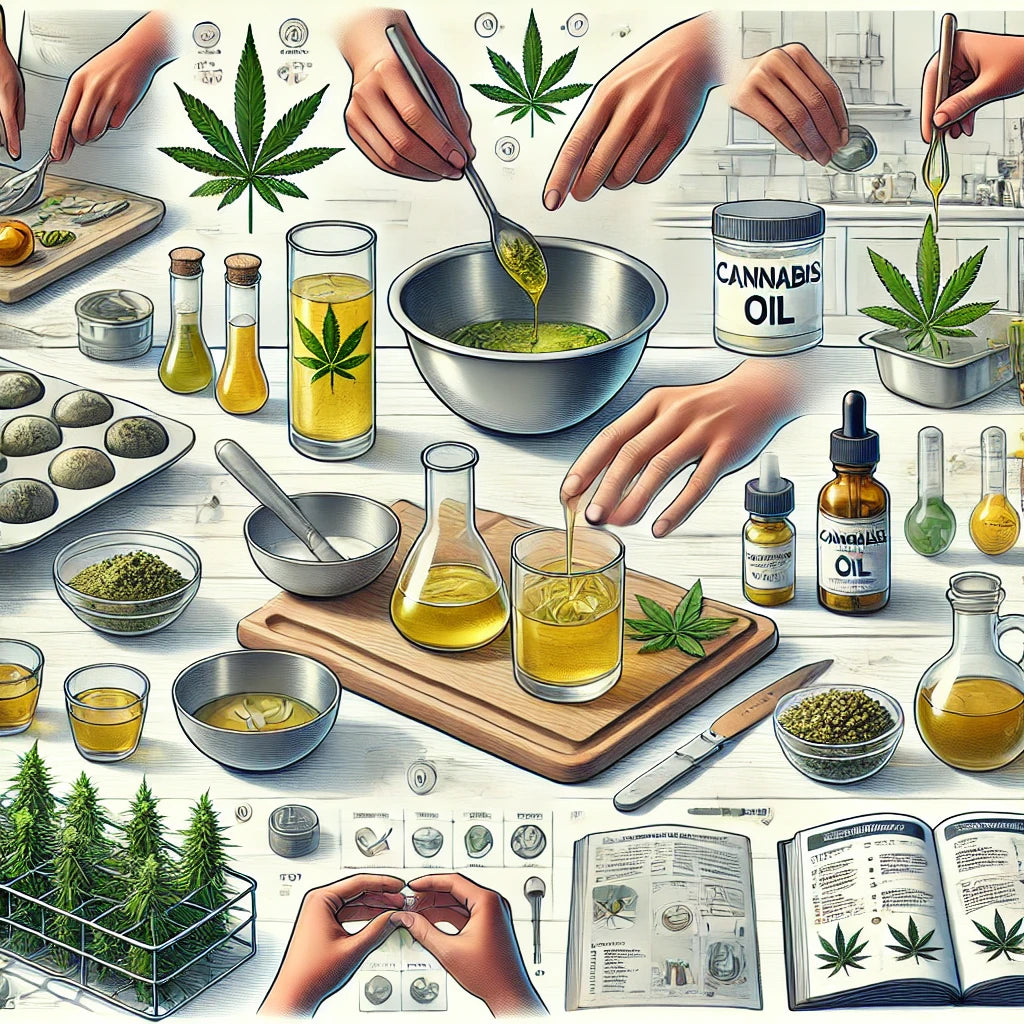INTRODUCTION
As a nation, we are witnessing a momentous shift toward the legalization and recreational use of cannabis. However, this newfound accessibility raises significant concerns about how to keep cannabis products out of the hands of children. A top concern is the risk of cannabis poisoning that can arise from edible products, particularly those that resemble regular candy.
This article aims to educate cannabis consumers, parents, children, and teachers about preventing cannabis poisoning in children. It provides important information on the dangers of edible cannabis and offers practical advice for creating a safe environment.
THE EDIBLE DILEMMA: CONFUSING EDIBLE CANNABIS WITH REGULAR CANDY
Edible cannabis products have gained popularity for their discrete and convenient consumption methods. However, many edibles are made to resemble regular candy or baked goods, making it easy for children to mistake them for treats.
Ingesting cannabis meant for adults can result in severe side effects in children, including dizziness, vomiting, seizures, and even hospitalization. The higher the THC content in the edible, the greater the risk of severe cannabis poisoning. This leads us to the importance of understanding THC content and the red flags to look for when purchasing these products.
IDENTIFYING UNSAFE THC CONTENT IN EDIBLES
In regulated cannabis markets, edible products are required to contain no more than the maximum 10 mg of THC per package. However, it is still crucial to closely inspect the packaging and labels to ensure compliance with these regulations.
Look for the following red flags when purchasing edible cannabis products:
• Products that claim to contain more than the maximum 10 mg of THC allowed
• Products that do not specify the THC content on the packaging Products sold by unregulated or unlicensed retailers
• If any of these warning signs are present, avoid the product and seek a safer, regulated alternative.
REGULATIONS AND BEST PRACTICES FOR A SAFER CANNABIS EXPERIENCE
Cannabis regulations differ between states and provinces. Therefore, it is essential to understand the regulations in your locality. This can help prevent children from accidentally consuming cannabis and becoming poisoned.
Consider taking the following steps to create a safe environment for cannabis consumption:
STORAGE
1.) Store cannabis products in a locked and childproof container. Secure storage, such as lockboxes or cabinets, can help prevent children from accessing the products unintentionally.
2.) Keep cannabis products out of sight and reach. For added safety, store them in a high location or a locked cabinet. Ensure the cabinet is not easily accessible.
3.) Never leave cannabis products unattended - Even within a secure storage area, never leave cannabis products out within reach.
RESPONSIBLE CONSUMPTION
1.) Consume cannabis products in a separate area from children. Reduce the likelihood of accidental ingestion by enjoying your edibles in a separate room or behind a locked door. Always be mindful of keeping all products out of reach.
2.) Avoid consuming cannabis when children are present. Edibles that look like candy or baked goods can be especially dangerous. Setting a good example can help prevent unintentional ingestion.
3.) Dispose of cannabis waste responsibly. Removing any leftover cannabis products or wrappers reduces the risk of accidental ingestion by curious children.
WRAPPING IT UP
As responsible cannabis consumers, it's our duty to prevent cannabis poisoning in children. Educating ourselves on local regulations and understanding the risks of THC content can help keep our children safe. We should also follow the best practices outlined above. Doing so will ensure we are doing our part.
Share this information with cannabis enthusiasts and parents. Let's work together to promote a safe environment for everyone.
FOOTNOTES
Important Notice: Content on this website is intended strictly for informational purposes. Ashario does not promote any product or represent that the products mentioned on Ashario's website are treatments for any kind of medical condition. Ashario cannot guarantee that information provided is error-free or complete and is not responsible for the quality of the information provided by users. Ashario does not endorse any user-reported information, any particular strain, product, producer, organization, treatment, or therapy.








